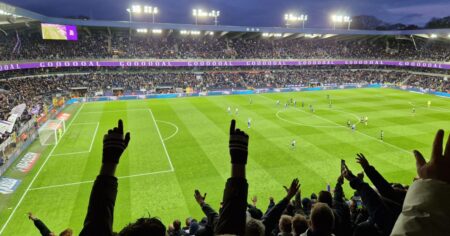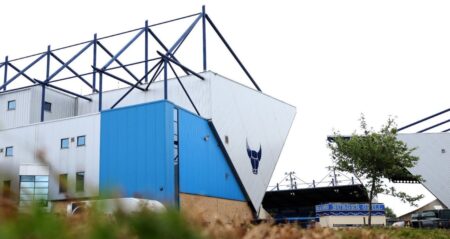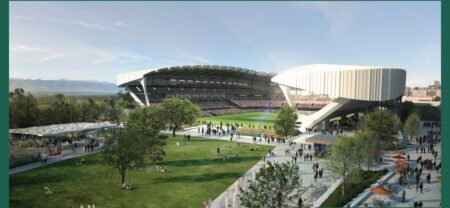“Modern stadiums should be cauldrons that inspire football and enhance the spectator’s experience”, that is the view of César Azcárate, an architect recognised for his work in the creation of modern venues as director of sports and events at IDOM.
Since his first great project, San Mamés in Bilbao, Azcárate has become a reference in the design of stadiums that are football-focused and improve the spectator’s experience. He has participated in projects such as River Plate’s Mâs Monumental, the new Spotify Camp Nou for FC Barcelona, the Nueva Romareda for Real Zaragoza, the Claro Arena for Universidad Católica, the renovation of Estadio de la Cerámica for Villarreal, the Ciutat de Valencia and the Coliseum for Getafe, among others.
Here he discusses best practice in stadium development and future trends in the industry.
How are modern stadiums designed?
César Azcárate: “A stadium is a very complex thing. Understanding the passion of the fans is the key at the beginning of the project, knowing the history of the club, the city, understanding the essence, its philosophy.
“In all this, we have to focus on the stands, the place where the spectators, together with the architecture, create that explosion, that fundamental cauldron of football. It is not easy to design a stadium just as an architect, you have to be passionate about football to understand it.”
What aspects are considered in the stadium construction process?
CA: “We always start by studying the entire history of the club and the city to understand its essence. The essence is what distinguishes one from the other. To make a proposal, we have to understand what River Plate, Athletic Club, Real Zaragoza or Getafe mean. There are variables and we need to know them.”
How do you decide which parts to respect in a remodelling?
CA: “We start from the history and the new needs of the club. Whenever possible, we incorporate a business model closely linked to the strategic choices of the architecture and all this, linked to an economic study and phases, gives us many clues to decide, together with the club, which parts you will respect.
“All this, overlapped with the first drawings, the application of the most advanced tools for design and the incorporation of professional disciplines that go beyond architecture, determine the most appropriate path for each case and each club.”
What is the main space of the stadium?
CA: “Undoubtedly, the stands. Since Roman times, this has been the essential element to which we devote a great deal of time. From there we build the interior, its structure, the roof and the whole operation of the uses behind the stands, the accesses and evacuations that perfectly regulate the flow of the public.
“Hospitality areas are also becoming increasingly important and define a very important part of the character of a stadium. The sports areas, including the players’ exit, are also areas that require special attention. Finally, the complementary uses, depending on the club and the place where it is located, can also significantly mark its character and architecture, as is the case of La Romareda.”
How have modern stadiums evolved?
CA: “The stadiums of the past were facilities in the middle of the city that almost created an urban void because they were only used for two hours every 15 days and were closed the rest of the time. They did not interact with the surrounding urban space.
“Modern stadiums introduce more uses, from hospitality to others related to the tertiary sector: catering with cafeterias, restaurants and also museums, the stadium tour, some even have offices.
“This generates much more life and interaction with citizens on a daily basis. A stadium in today’s city must be able to generate activity in its surroundings and improve the urban space, instead of making it disappear.”
What will stadiums be like in the future?
CA: “As I mentioned earlier, the trend is towards the creation of roofs, as well as the inclusion of 360 video scoreboards and leisure and catering areas. In the World Cup regulations, FIFA requires that all stadiums be roofed, because it is an element that not only provides comfort for the spectators, but also allows for better acoustics and a much more powerful football experience.
“Sustainability is another of our great challenges, to be more sensitive to the environment, to think about being more efficient, to recover water, even to try to preserve what we can when we rebuild stadiums, as long as they are functionally able to accommodate all the technologies that need to be incorporated.
“Acoustics, design and everything that surrounds a stadium is key, in addition to innovation.”





